⚔️ A journey into the heart of samurai romance — exploring the “sacred sites” of Lord Toshiie Maeda, the man who laid the foundation for the Kaga Domain’s million-koku prosperity!
Ever since I was captivated by Lord Toshiie Maeda’s life in a historical drama, I’ve dreamed of visiting the “sacred places” connected to him. At long last, that wish came true.
On November 1st, my journey began in Arako, Nagoya — the place where young Toshiie spent his early years and shared his first love with his future wife, Lady Matsu. From there, I followed the footsteps of Japan’s great unifiers: visiting sites linked to Toyotomi Hideyoshi and finally reaching Kiyosu, where Oda Nobunaga took his first step toward ruling the realm. It was a day steeped in the spirit of the Sengoku period — truly a romantic adventure through history.
Standing before the proud Statue of Toshiie Maeda’s First Battle at Arako Station, I felt a powerful connection across more than four centuries. The day’s journey was filled with surprises — a mix-up at a “temple with the same name,” rediscovering the “Maeda Clan Stone” at the Tokugawa Art Museum, and even capturing the statues of Nobunaga and Lady Nōhime in the fading light of Kiyosu. Every moment was an unforgettable story in itself.
If you’re a history lover who feels the thrill of walking where samurai once stood, this journey will surely resonate with you. Come along as we explore the land where the Maeda legacy began and the roots of Owari’s great lord, Nobunaga — a travel chronicle to remember!
1. The Journey Begins in Arako — The Hometown of Lord Toshiie Maeda
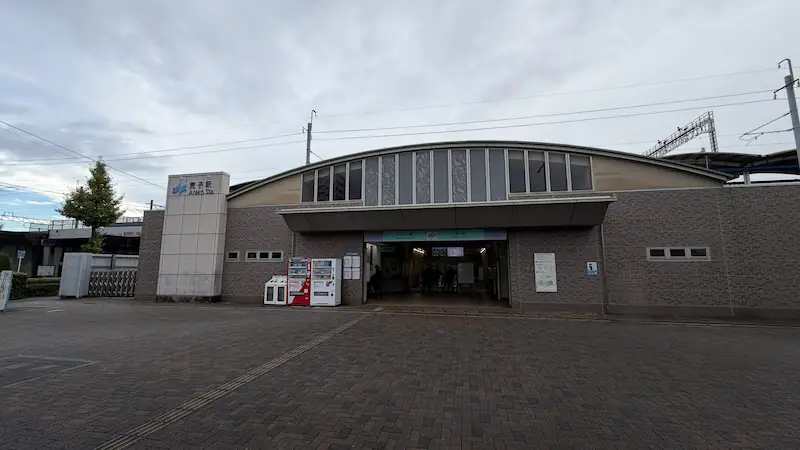

At the rotary in front of Arako Station, I was greeted by the striking equestrian statue of Toshiie Maeda and the gentle figure of Lady Matsu watching over him. The statue depicts Toshiie at his first battle — the Battle of Inō — long before he became known as “Yari no Mataza” (Mataza of the Spear). He was 17, and Lady Matsu only 9 at the time. Looking up from a low angle, I could almost feel his determination to charge headlong into the age of warring states. My excitement for the journey instantly soared. From there, I walked to the Maeda Plum Garden in Arako Park.
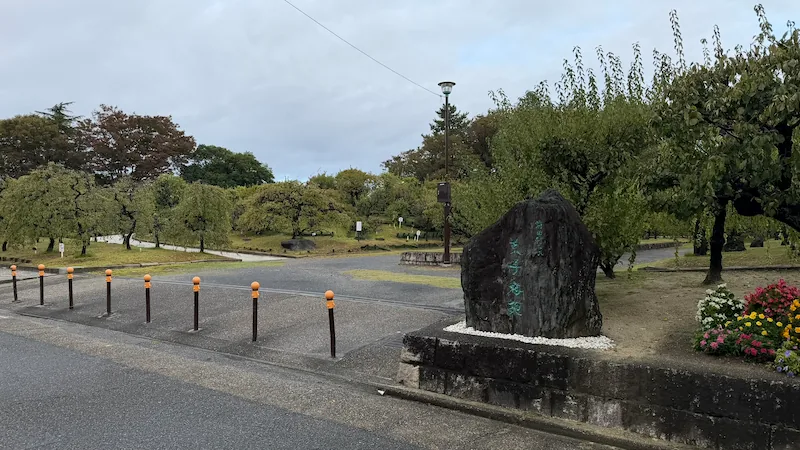
Although the plums weren’t in bloom in November, it was deeply meaningful to see the garden named after the Maeda Clan, whose family crest — the “umebachi” — features a plum blossom design. Just seeing it with my own eyes made me smile. From there, I continued on foot to the Fuji Daigongen Tenman Tenjingu Shrine.
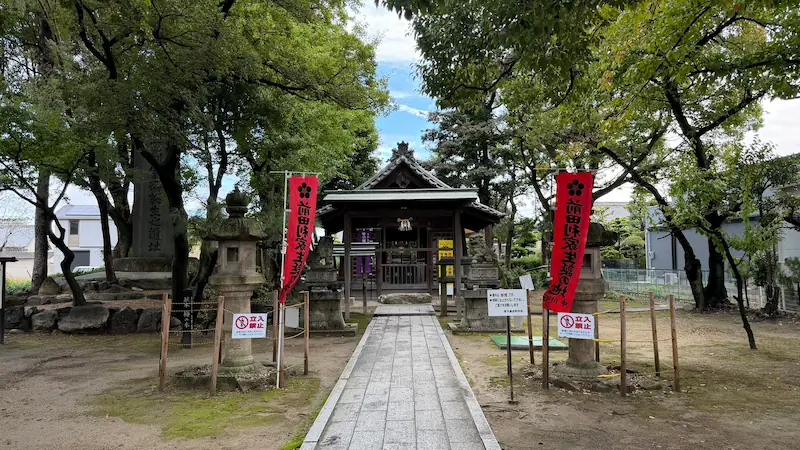
Arako Castle Ruins — Birthplace of Toshiie Maeda (Fuji Daigongen Tenman Tenjingu Shrine) This shrine stands on the site of Arako Castle, built by Toshiie’s father, Toshimasa Maeda. Toshiie later ruled here himself and enshrined “Fuji Daigongen” as the castle’s guardian deity.
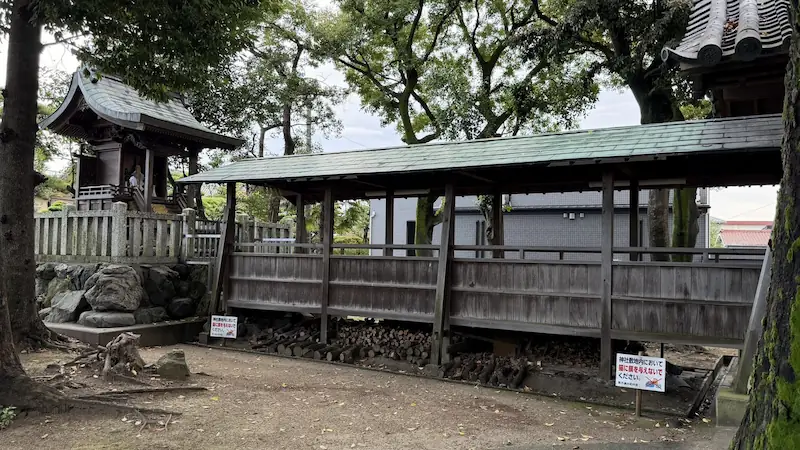
The shrine marker reads “Fuji Daigongen Tenman Tenjingu,” and I was struck by its rare gongen-zukuri architectural style, unusual for a shrine of this size. Knowing that the very stones beneath my feet still carried traces of Toshiie’s footsteps from over 400 years ago filled me with awe. Next, I took a bus to Maeda Sokunenji Temple.
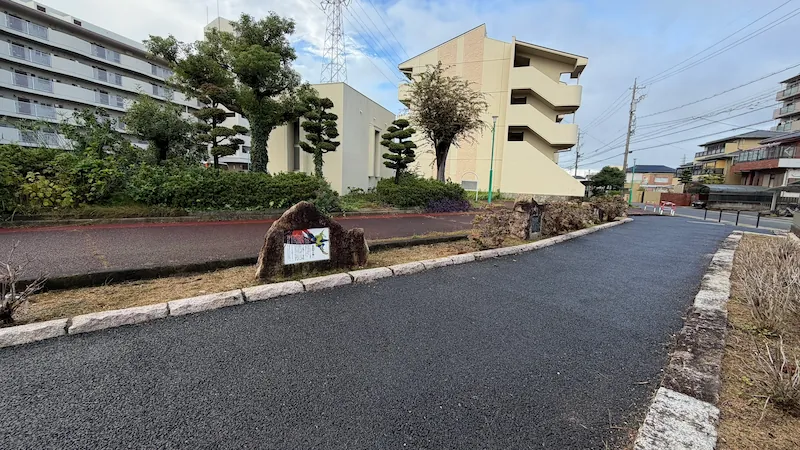
On the bus ride to Maeda Sokunenji Temple, I spotted something called “Toshiie Road” on Google Maps and couldn’t resist hopping off early! The street featured panels telling stories from Toshiie’s life — an unexpected delight for a history buff like me. I then continued on foot toward the temple.

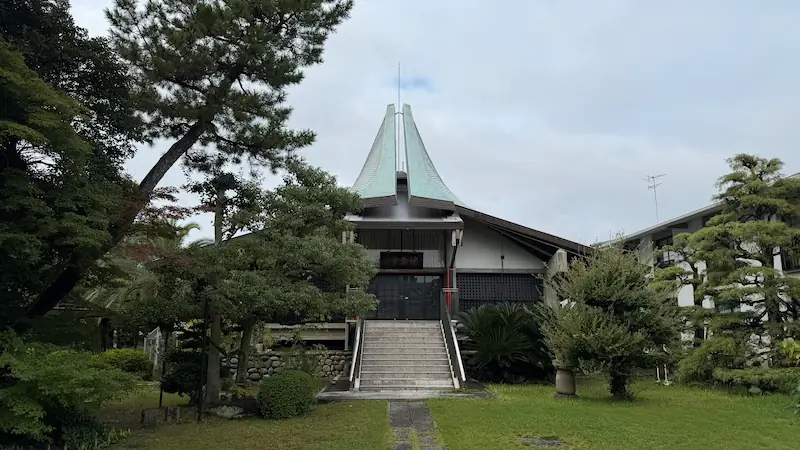
Another theory claims that this was also the birthplace of Lord Toshiie. The site is now home to Maeda Sokunenji, a temple of the Higashi Hongan-ji sect. According to temple records, it was founded by Toshiie’s uncle, Toshinori (the monk Ikyū Hōshi), on the former castle grounds. The beautifully maintained temple grounds radiate a quiet sense of history — the Maeda family’s legacy still lives here.
💡 A small regret from the trip: I missed visiting Arako Kannonji Temple, just a short walk from the castle ruins. It’s one of the four great Kannon temples of Owari, restored by Toshiie himself, and home to around 1,250 Enku Buddhist statues and a nationally designated Important Cultural Property, the Tahōtō Pagoda. I’ll be sure to visit next time!
2. Unexpected Discoveries and Encounters with History
Next, I took the train from Fushiya Station to Karasumori Station, rented a bicycle, and headed for Sōōji Temple.

At Sōōji Temple in Karasumori (the “wrong” one, as it turned out), I politely asked if they offered temple stamps (goshuin). The monk kindly explained, “We’re part of the Jōdo Shinshū sect, so we don’t issue goshuin.” Since I had read online that this temple was associated with “Lady O-Kame,” I asked again, only to be gently told, “That’s a different temple with the same name.” It was one of those charming travel moments — a reminder that mistakes can lead to kind encounters. I thanked the monk and set off again by bike toward Hino-miya Shrine.

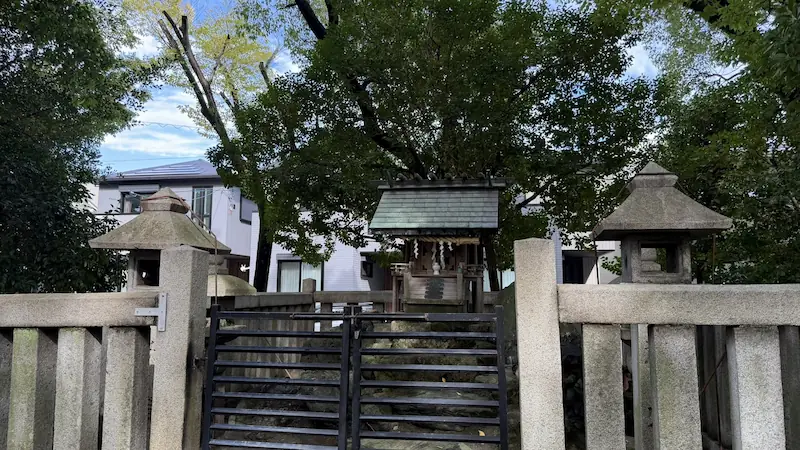
Hino-miya Shrine sits quietly in a corner of a small park — unmanned but well maintained, with a serene approach path. I was moved to learn that Toyotomi Hideyoshi’s mother used to come here to pray for her son’s success. Knowing that, I could almost feel the pulse of history around me. Afterward, I rode back to Nakamura Kōen Station, returned the bike, and took the subway from the Higashiyama Line’s Nakamura Kōen Station to Sakae. From there, I caught a bus bound for the Tokugawa Art Museum.


Tokugawa Art Museum — Special Exhibition: “The Treasures of the Owari Tokugawa Family”
The museum’s stately gate and dignified architecture set the tone immediately. I returned this time specifically to see the special exhibition, “All the Masterpieces of the Owari Tokugawa Family.”

Before I became a fan of historical dramas, I probably would have walked right past it — but this time, I noticed a stone engraved with the Maeda family crest placed between the outer gate and the entrance. Now that I feel such admiration for Lord Toshiie, that small discovery brought me unexpected joy.
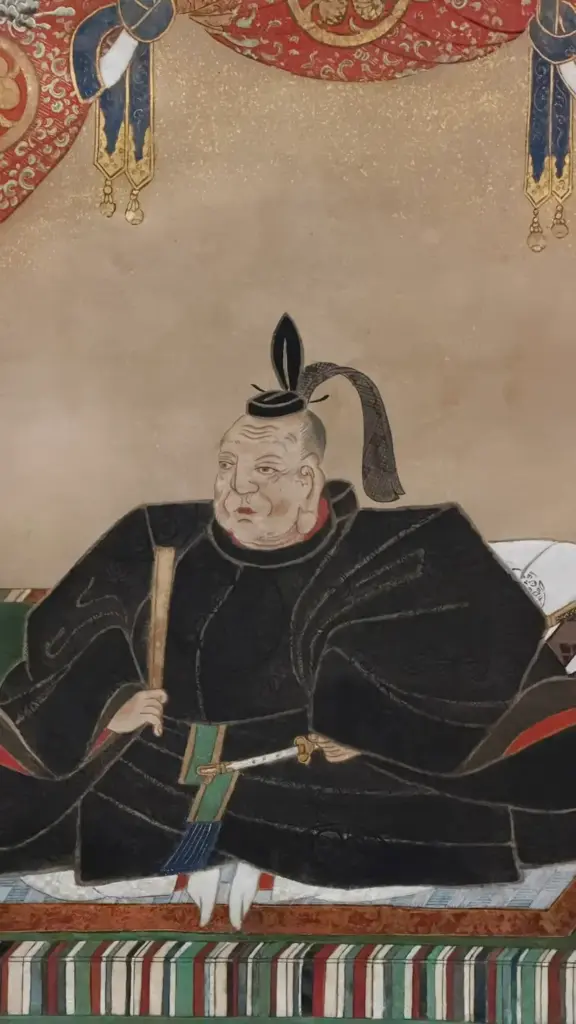
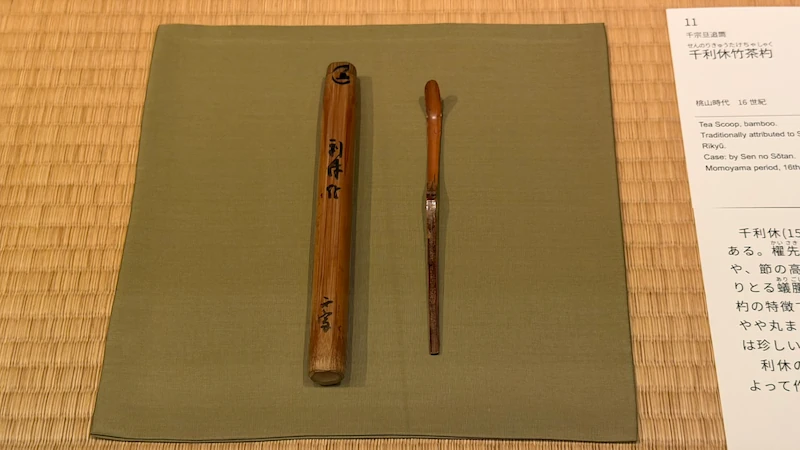
The exhibits were breathtaking — garments once worn by Tokugawa Ieyasu himself, the original of his famous portrait, and tea utensils used by Sen no Rikyū. Seeing such well-preserved artifacts firsthand was truly moving. I also viewed the armor of Yoshinao, the first lord of the Owari Tokugawa family. The collection beautifully conveyed the refined culture of Japan’s feudal lords, carried on from the Sengoku to the Edo period. From there, I took the Chuo Main Line from Ōzone Station, transferred at Chikusa to the Higashiyama Line, and got off at Kakuōzan Station to visit Hōkizan Sōōji Temple.
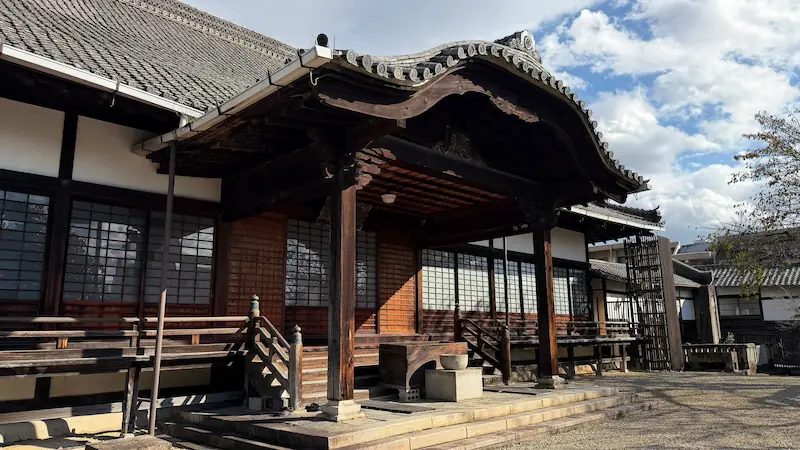
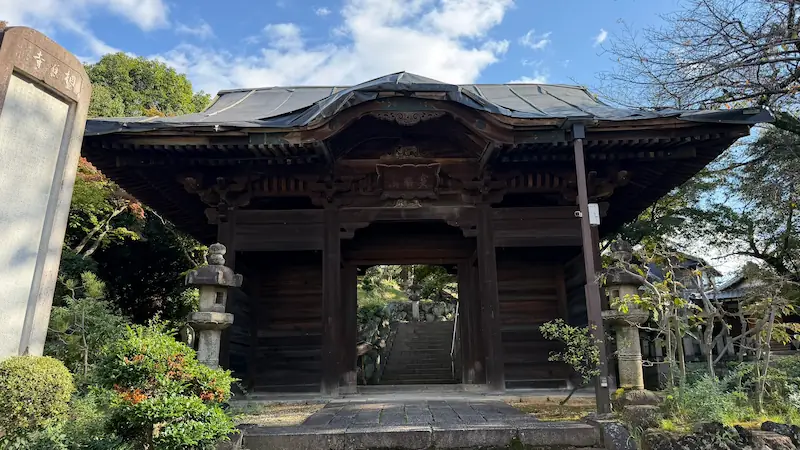
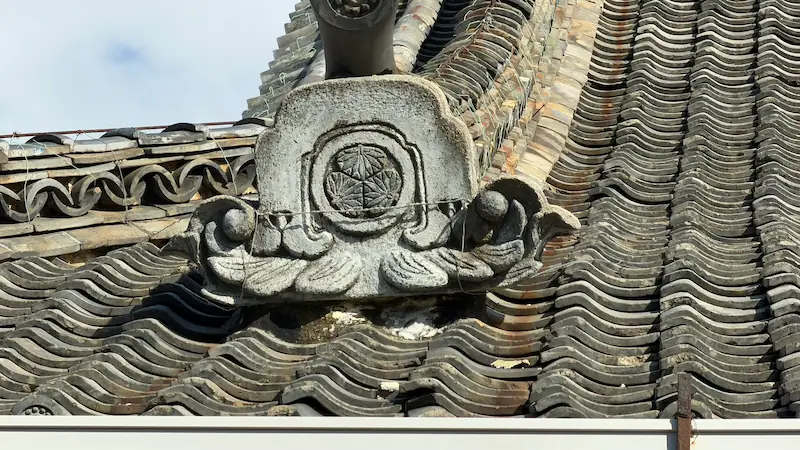
Hōkizan Sōōji Temple (the “right” Sōōji!)
Following the monk’s helpful directions from earlier, I finally arrived at the true destination. This temple is the family temple of “Lady O-Kame” (Sōōin), a concubine of Tokugawa Ieyasu and the mother of Yoshinao, the first lord of the Owari Tokugawa clan. Perched on a hill, the temple features an impressive main gate and beautifully maintained gardens lining the steps that lead up to it. As preparations were underway for an evening event, I was fortunate to receive a temple stamp — and even luckier to be shown a “golden folding screen” that is not normally on display. It was a moment of rare good fortune that made the visit all the more special.
3. To Kiyosu, the Roots of Lord Nobunaga — and a Moving Finale
The latter half of the trip was a pilgrimage to places tied to Lord Nobunaga. First, I walked from Hōkizan Sōōji Temple to Shiroyama Hachiman Shrine.
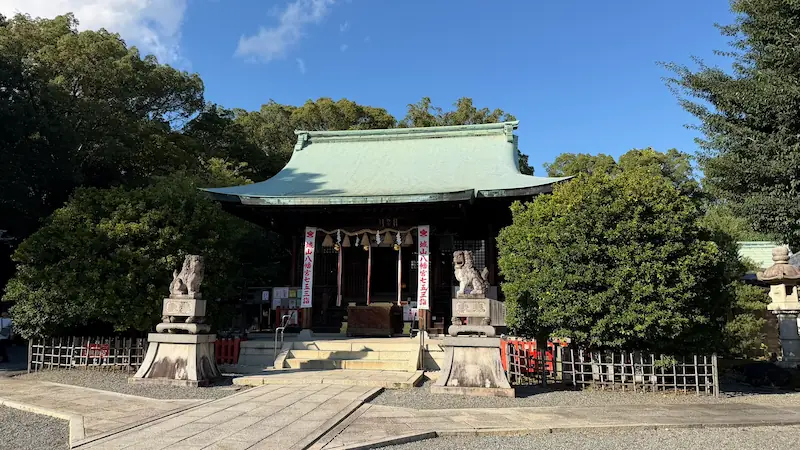

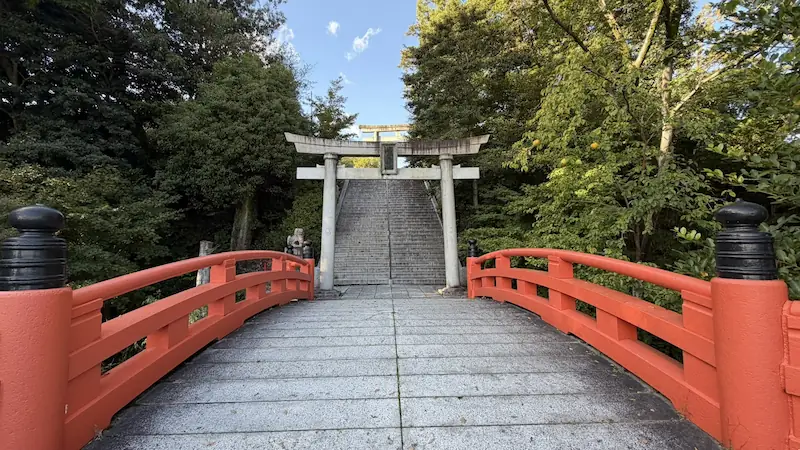
On the way to Kiyosu, I stopped at Shiroyama Hachiman Shrine, which stands on the site of Suemori Castle — built by Nobunaga’s father, Oda Nobuhide, and later the scene of conflict between Nobunaga and his younger brother, Nobuyuki. I was amazed by how the well-kept shrine grounds blend seamlessly with the old castle remains. They also offer a wide variety of goshuin temple–shrine stamps themed around historical figures like Lady Oichi and Lord Nobunaga — perfect for Nobunaga fans, and honestly hard to choose from! From Kakuōzan on the Higashiyama Line I headed to Nagoya Station, transferred to the Meitetsu Nagoya Main Line, and got off at Shin-Kiyosu Station.

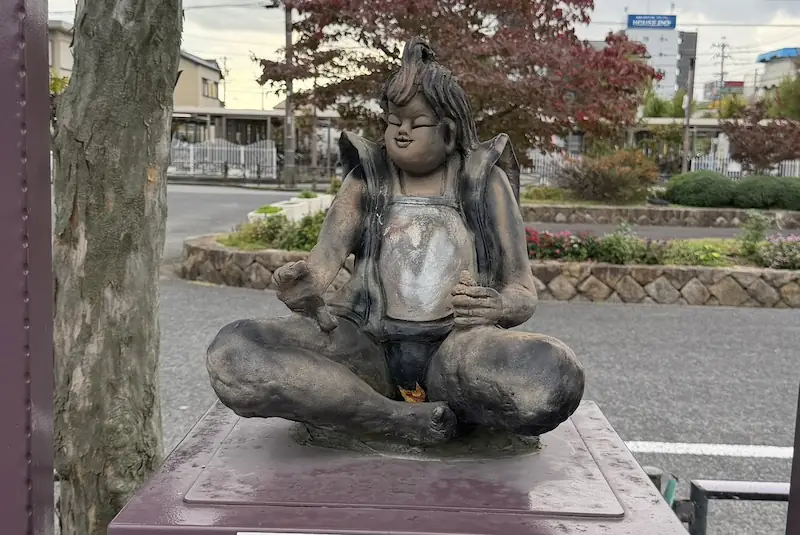
Right outside Shin-Kiyosu Station stands a statue of young Nobunaga. Seeing his fearless figure made it sink in — I’d arrived at the place where his rise to power truly began. Next, I walked to Hiyoshi Shrine.

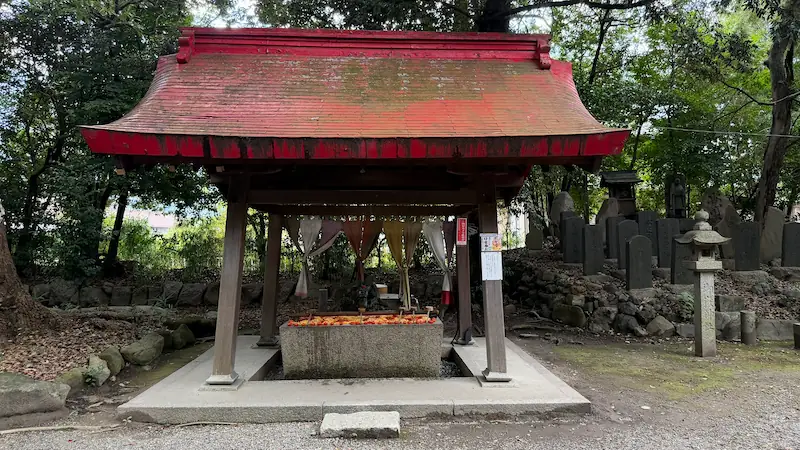
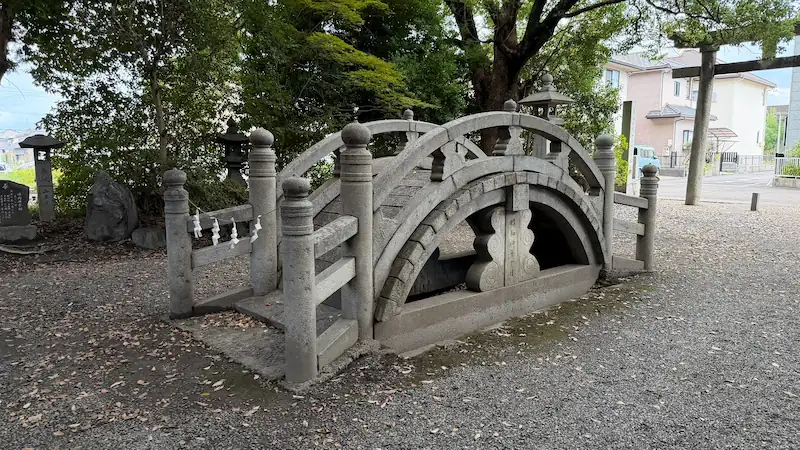
I reached Hiyoshi Shrine just in time — around 3:50 p.m., right before closing. This venerable shrine is also associated with Toyotomi Hideyoshi: it’s said his mother prayed here for a safe birth, and his childhood name “Hiyoshimaru” comes from this shrine. The stone bridge and buildings were impressive, and I was delighted to find — and buy — a rare wooden goshuinchō (stamp book) with cutout patterns. Then I set off on foot to Kiyosu Castle.


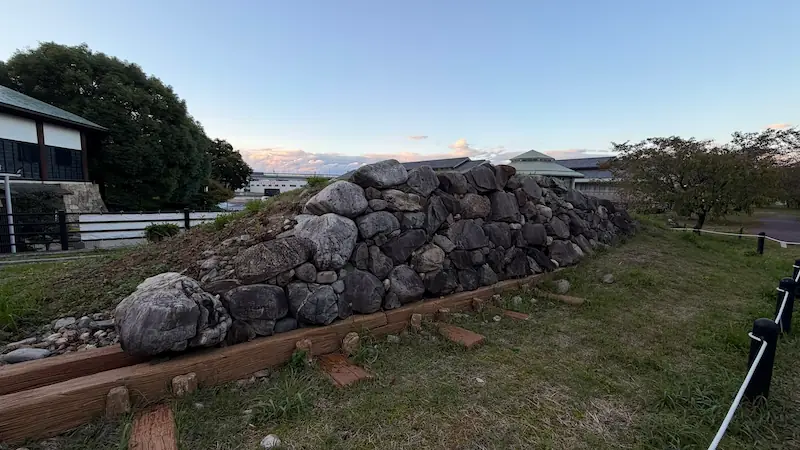
Although I arrived too late to enter and had to admire it from outside, Kiyosu Castle still radiated presence and gravitas. The current keep is a modern reconstruction, but this was once the flourishing seat of the Owari governors. Nobunaga moved here from Nagoya (then called Nagono), using Kiyosu as a springboard toward unifying the realm. From the gardens and walls to the bridges over the river, everything looked magnificent — and wonderfully photogenic. I continued on foot to the Oda Nobunaga Shrine.
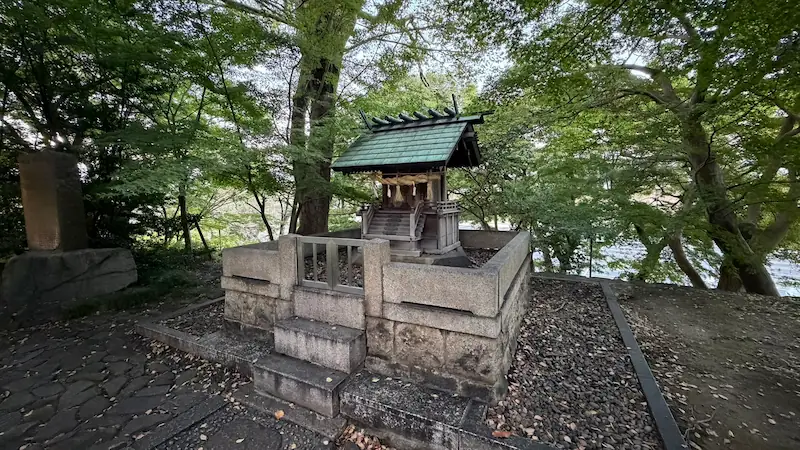

I strolled around the area near the Oda Nobunaga Shrine, where Nobunaga is enshrined as a deity, then crossed the tracks to Kiyosu Park to see the statues of Lord Nobunaga and Lady Nōhime. Nobunaga faces the direction of Okehazama, and standing there you can almost sense the tense atmosphere of that fateful campaign. From there I walked across Gojō Bridge to the information board about Toshiie Maeda and Lady Matsu in Kiyosu.
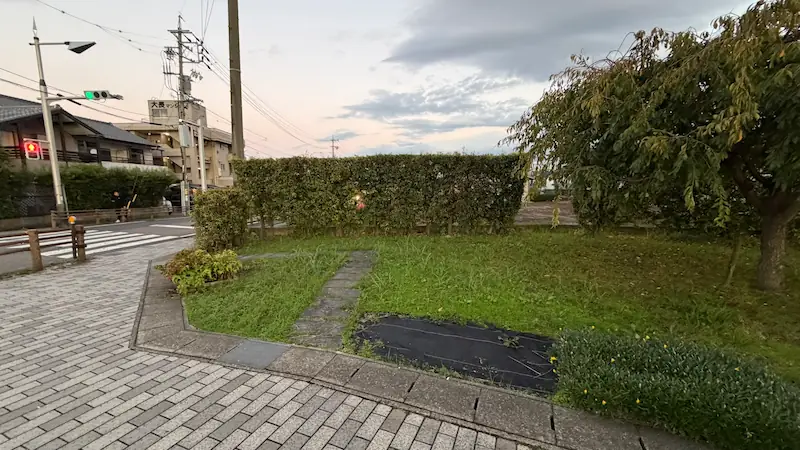
I’d found the “Toshiie Maeda and Lady Matsu in Kiyosu” information board on Google Maps and went looking for it, but it was nowhere to be seen. A quick search revealed it had already been removed. Disappointing — but I updated Google Maps, which felt like completing a small mission for future travelers. I crossed Gojō Bridge once more.

At Gojō Bridge, an information plaque noted that on his return from the Odawara campaign, Toyotomi Hideyoshi passed this way and made a donation to Uebata Shrine. I decided to head there on foot.
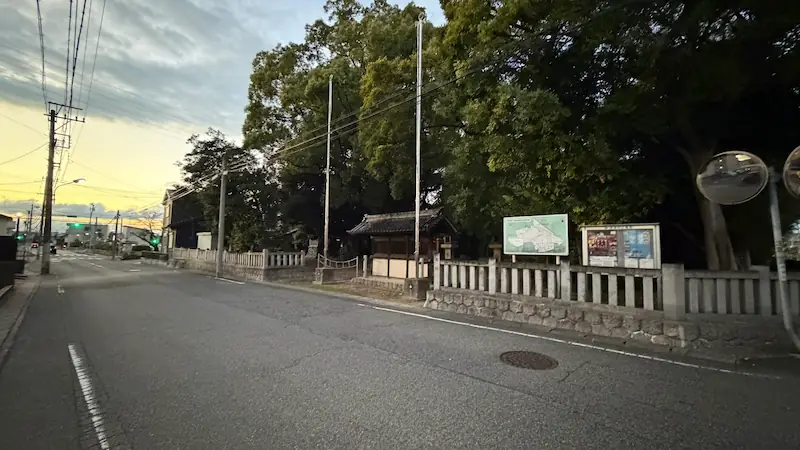
Dusk had already fallen, so I settled for a photo at the entrance and offered a quick prayer — I’ve heard it’s best to avoid visiting shrines too late at night. Stumbling upon fresh bits of history like this is exactly what makes travel so rewarding. Finally, I boarded the JR Tōkaidō Line and headed back to my hotel in Ōgaki.
4. Journey’s End and the Next Destination
I arrived safely at my hotel, Kuretake Inn in Ōgaki, around 6 p.m. For dinner, I treated myself to a comforting bowl of udon.
This journey — walking in the very places where Lord Toshiie Maeda once lived and fought — filled me with a profound sense of connection. It felt as though I had taken one step closer to the world I had only known through historical dramas. I’m deeply grateful that traces of events from over 400 years ago still remain, allowing us to touch history in such a tangible way.
Next time, I’m determined to visit Arako Kannonji Temple to finally see the famous Enkū Buddha statues I missed this trip.
Related Page

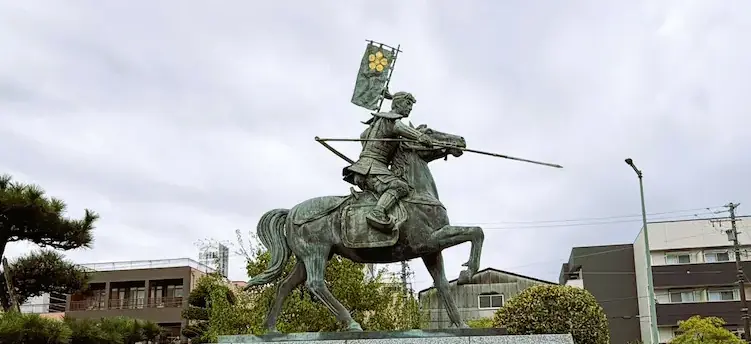



comment